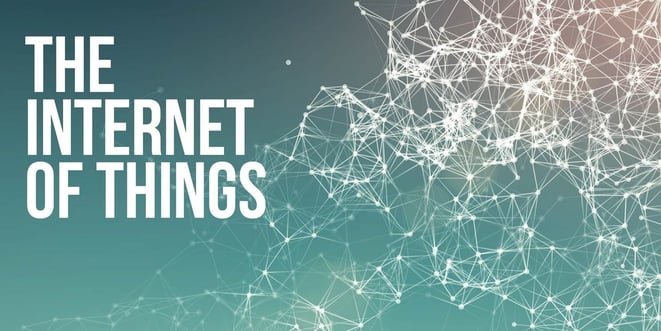IoT or the “Internet of Things” is expected to grow to around 50 Billion connected devices by 2020, if you’re anything like me you scratch your head and wonder; how, or even why?
Since I have got more involved in the IoT – due to Kordia rolling out a SigFox IoT network here in New Zealand in conjunction with Thinxtra – I have had my eyes opened to the many possibilities of IoT. What has become particularly clear to me is that as devices that track and measure things become cheaper, more reliable and less reliant on mains power; the potential applications grow exponentially. Things you never thought about doing in the past all of a sudden seem less crazy and far more viable.
The reality is the IoT industry is commercially-led – if you can’t make more money or reduce cost then you likely aren’t going to do it. But when technology changes and what used to cost tens or even hundreds of dollars, now cost a few dollars or even cents, all of a sudden new applications and business models spring up. That’s also the reason I believe most of the growth will be led by commercial applications. Businesses will lead the growth as they seek to take cost out of their business, differentiate or sell new services or applications.
Having an IoT sensor in a home appliance is not that exciting to most of us consumers, but think of it from the manufacturer’s point of view. They could gather usage information to improve future models, know when it might fail and offer some sort of proactive service or even the offer a sharp trade in deal to keep that consumer with their brand. Insurance companies could reduce risk and lower premiums with smoke alarms that tell you they are not working, the battery is flat or when they have been activated.
To prove my point about new applications being enabled by lower cost technology, here are a few of the more ‘crazy’ applications I have heard about. Who knows if they will make money, but they certainly help understand why maybe 50 billion connected devices may not be such a big number.
No More Nappy Rash: 24eight, a start-up company, is, putting chips into diapers that sends a SMS message to parents when they need to change their baby’s diaper. The good news is that it does not cost much; you need to add only two cents to the cost of normal diapers to get the smart ones.
Bathrooms: MIT in the USA created a system to keep track of which dormitory’s bathrooms are vacant, and (here’s the best part) for how long. MIT also keeps track of the dormitory’s washers and dryers, telling you which ones are available. You can even be notified when a particular one comes free.
Door Locks: Ever wonder if you locked the door when you left the house? Even better be able to lock it remotely. Schlage’s LiNK system does just that.
Dog Collars: Check dog health via heart rate and temperature and know where they are via a GPS tracker.
Heart Pumping Jerseys: Giving fans exactly the same feeling as that felt by their players during a football match is what this jersey, Alert Shirt designed by Wearable Experiments, aims to do. Through haptic sensors, live data and a jersey, you can virtually be part of the game.What will they think of next?



